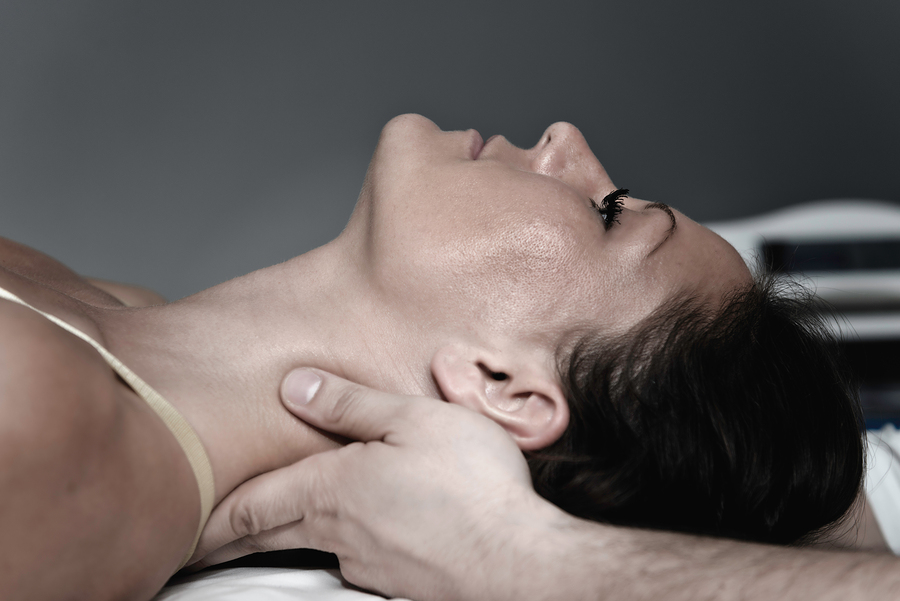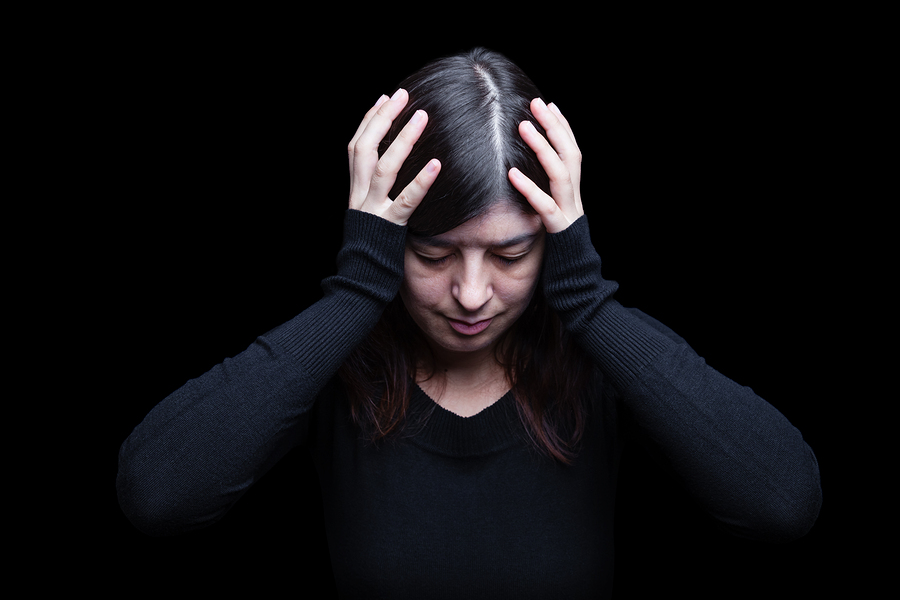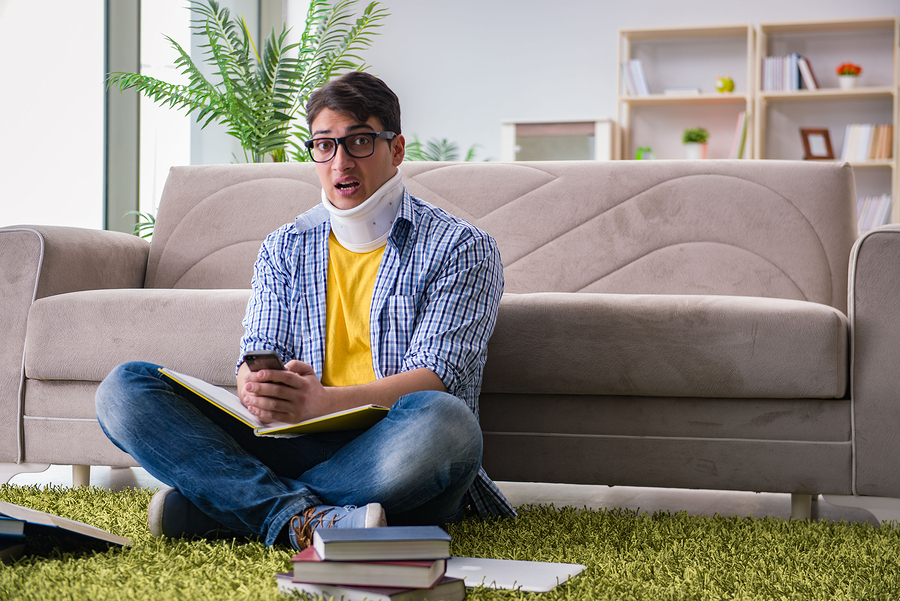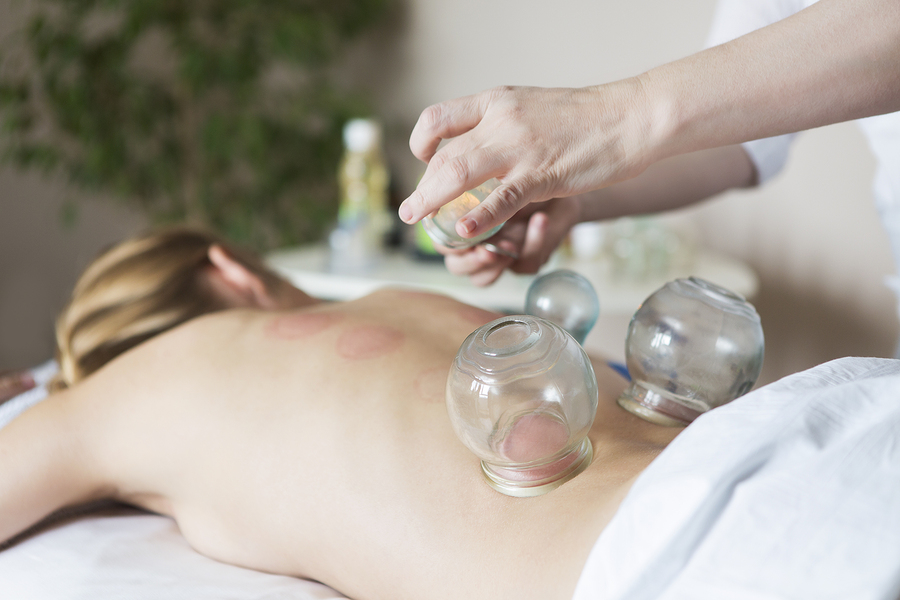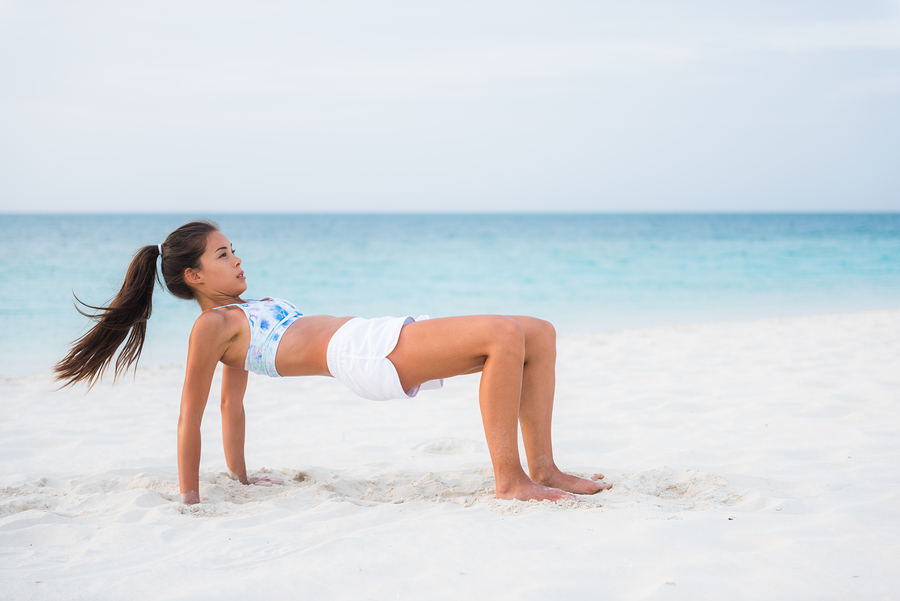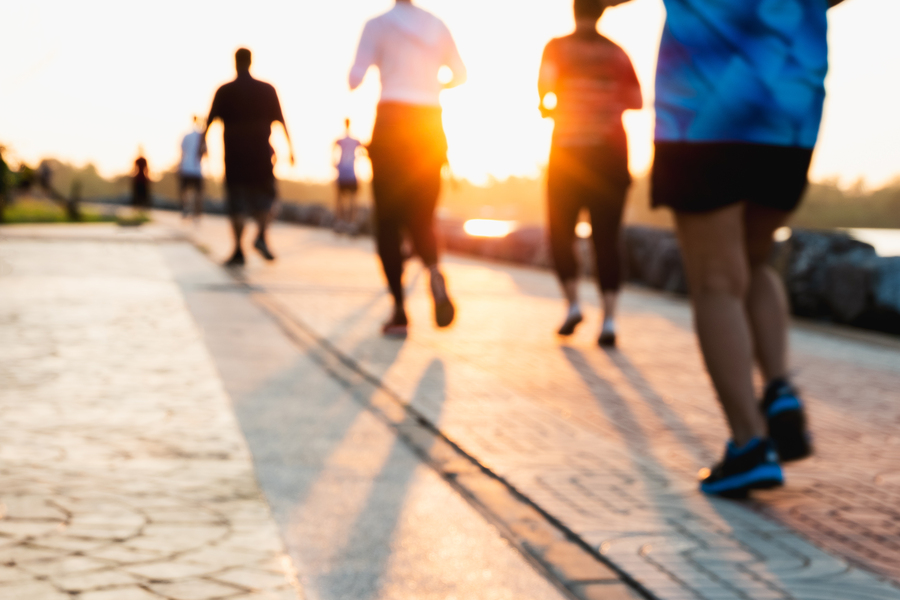How Chiropractic Care Can Help Ease Holiday Stress
As the holiday season kicks off this week, and we are all out doing the hustle and bustle, some of us are acutely aware of our daily stress and find ourselves wondering how to manage it while simultaneously preparing for family and friends and a big turkey dinner. Chiropractic care is a great way to help ease holiday stress as well as daily stress in general. Whether it’s work stress, parenting stress, relationship stress or just feeling overwhelmed with the speed at which time seems to fly by these days, we all have our own special kind of stressors that effect our lives. At Total Body Chiropractic & Massage, in Bend, Oregon, we can help get your body feeling relaxed and ready for the busy season ahead!
CONTROLLING STRESS
One of the biggest lessons we learn in adulthood is what little control we have when it comes to people, places and things. Managing our stress is a daily task that involves identifying the stressors, figuring out how to embrace the stress and doing what we can to control the stress, so it doesn’t cause us to feel suspended in crisis day in and day out. One way to help ease some of the tension is to implement some positive self-care habits that benefit your mind, body and soul. Although we can’t always control the stress, we can control our response to the stress and getting chiropractic care on a routine basis will allow your body to release some of that pressure that our bodies ultimately hold, because of our stress load. Chiropractic care focuses on realigning your spine, which helps ease muscle tension. The adjustment realigns the spine and calms the central nervous system, so you can think clearer, feel less aches and pains and eliminate the distraction of feeling like your body is out of whack. It also keeps the messages transmitting throughout your nervous system, on track so your body and mind are working together to manage the stress.
BENEFITS OF CHIROPRACTIC CARE
Visiting the chiropractor for an adjustment will help your spine restore function to your body. You may find yourself to be sick less, have more energy and feel less stressed overall. The relief for body and mind after an adjustment is a great way to begin good habits as you move into the new year ahead. The following are just some of the positive benefits of chiropractic care;
- Pain relief in the neck, upper and lower back
- Helps to lower blood pressure
- Boost in mental clarity
- Relaxation of body and mind
- Migraine and headache relief
- Asthma relief
- Aches and pains eased, including during pregnancy
Consider calling to schedule yourself an appointment with some of the best Chiropractic practitioners in Central Oregon. Or visit our website at https://bendtotalbodychiropractic.com/.

